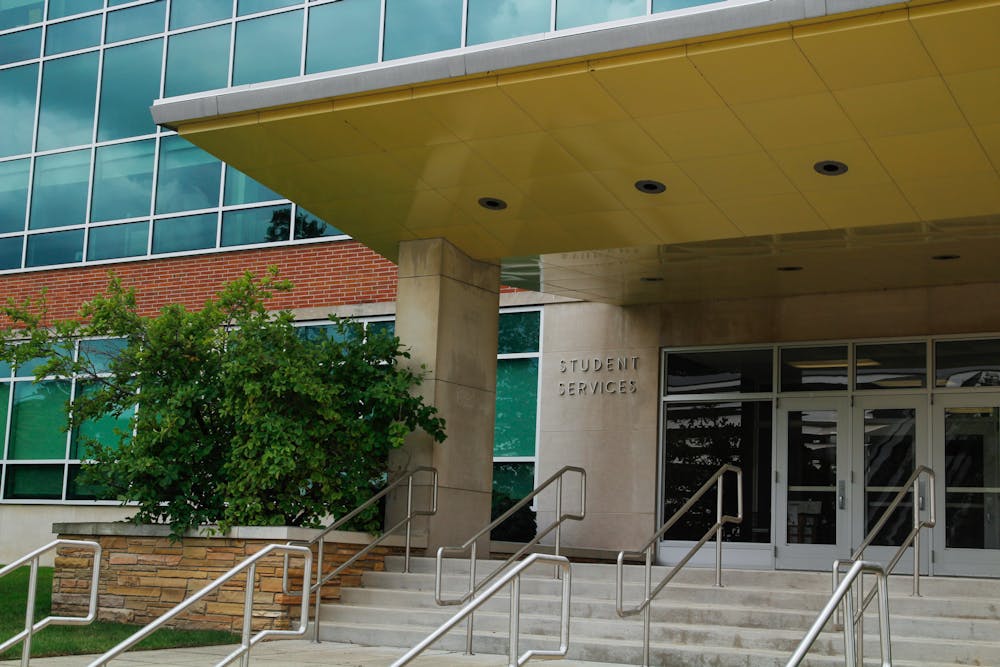Over 15,000 Michigan State University students received an email on Oct. 8 notifying them that they would be receiving money through the Higher Education Emergency Relief Fund, or HEERF.
The grants ranged from $600 to $1200, and said that it was to be used for “for COVID-related emergency expenses” and was given to students “with high need.” All of the students had an Expected Family Contribution, or EFC, of $20,000 or below.
At the same time, 34,000 students had received an email with an application to apply for The American Rescue Plan Act, or ARP. All of these students had EFCs of over $20,000.
Most students either accepted the money or applied for it without questioning it. However, some were confused as to how these opportunities were distributed.
One group of brothers, who wished to stay anonymous, were especially bewildered. Only one of them had received the HEERF funds. The other two were sent the ARP application.
All three attended MSU, and all three received the same financial support from their parents. In their eyes, they were on an even playing field.
“I was like ‘What?’,” one non-receiving brother said. “I find it odd that basically my FAFSA and financial information, parental contributions and everything in between, are exactly the same, yet my (brother) and I have to apply (and my other brother) does not.”
Senior Associate Director of Financial Aid Keith Williams said that the grant was based on each student's Expected Family Contribution, or EFC. Contrary to popular belief, though, this number is not solely the result of your parents' income.
According to Williams, an EFC is made up of a number of factors. Parental income is the biggest, but far from the only one. For example, a student’s personal income and assets can sway their EFC larger.
He said that it's not uncommon for sibling students to have different EFCs due to these factors.
“We’ve had siblings at MSU for years,” Williams said. “And in many cases, their expected family contribution is not the same here. On the parental side, yes they’re dependent— but that’s just part of the equation.”
The two brothers who received the ARP application had worked either part-time or full-time jobs in recent years. This raised their EFC to over $20,000, disqualifying them from the HEERF funds.
Meanwhile, the other brother who had received the HEERF funds was unemployed. Due to this, only his parental income was taken into account— putting him below the $20,000 mark.
The HEERF fund is a “block grant,” which means that there were clear cutoff points. If your EFC was below $20,000, you got the money.
The ARP funds are “variable grants,” meaning the cutoff points for receiving the funds are less clear. Of the 34,000 students who received the offer to apply, only about 3,600 students received the funds. These 3,600 were chosen based on the demonstrated need in their application.
Williams stressed that this doesn’t mean 30,400 students are being turned down. He said that many students won’t apply due to the lack of need for the ARP funds.
“Some students who were needy took us up on that, and other students who were not impacted by COVID did not apply,” Williams said.
The variable grants awarded from ARP will be up to $500 for domestic students. While not the size of the block grants, they give enough assistance to students who need a little bit of help.
Psychology junior Kaylee Sochocki said that the money will help her replace her recently broken laptop.
“Definitely gonna get a new laptop for school,” Sochocki said. “All my classes are online, so not having my own is very inconvenient.”
Support student media!
Please consider donating to The State News and help fund the future of journalism.
Williams said the main driver behind offering the two different grants was to get every student money that needed it.
“We want everybody to get a chance to qualify for some money,” Williams said. “A lot of students didn’t apply because they were not significantly impacted in a negative way by COVID and did not feel right applying for funds that would go to needier students.”
Discussion
Share and discuss “Financial Aid Office clarifies disbursement of Spartan Relief Fund grants” on social media.







